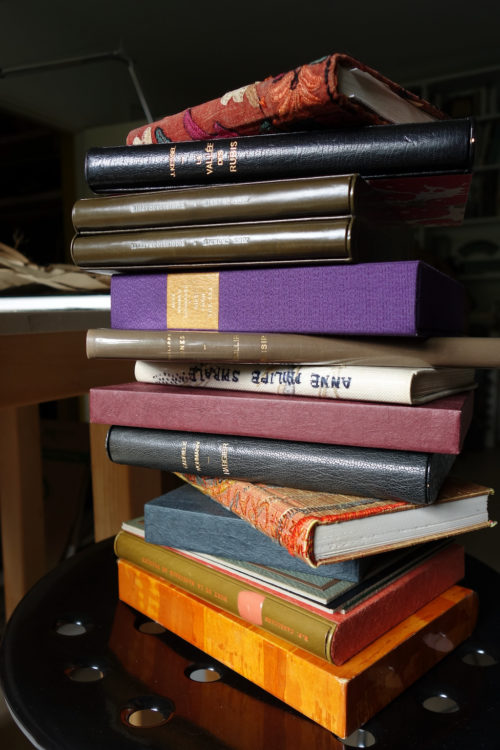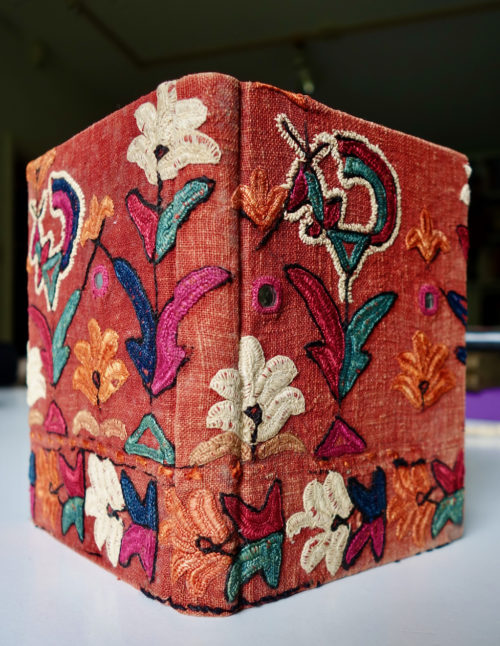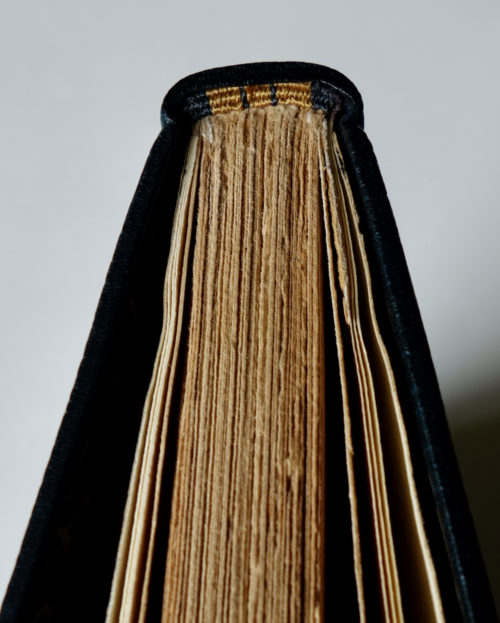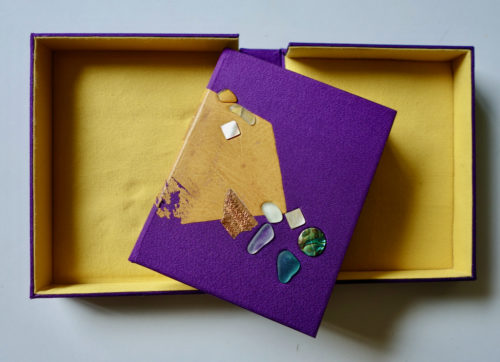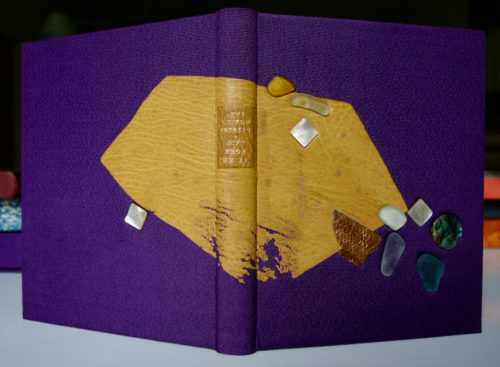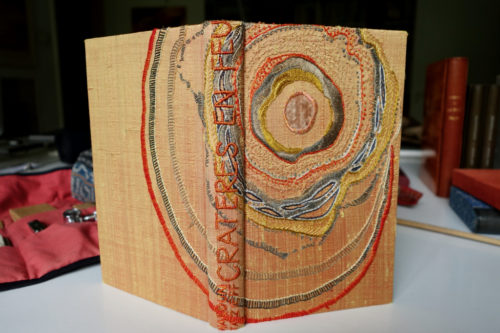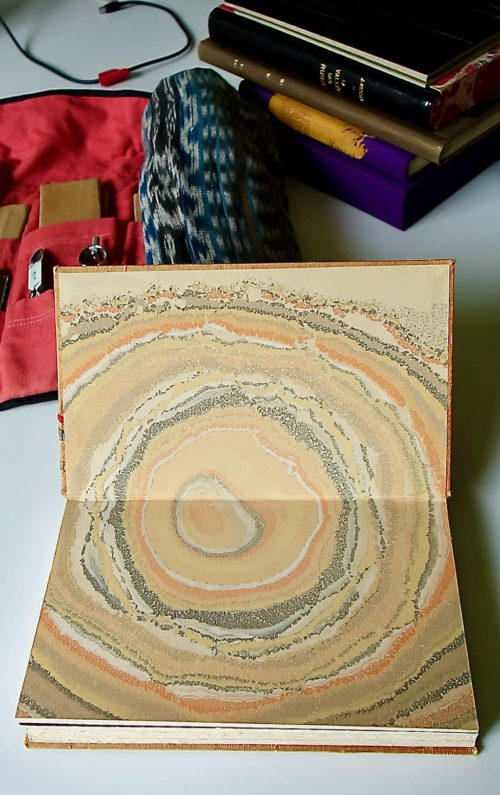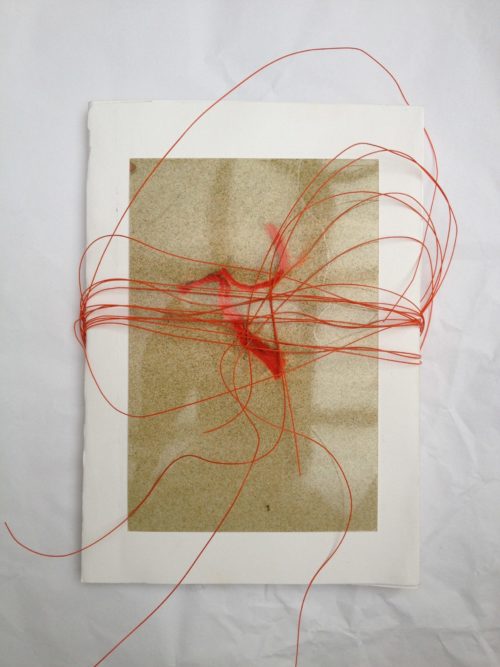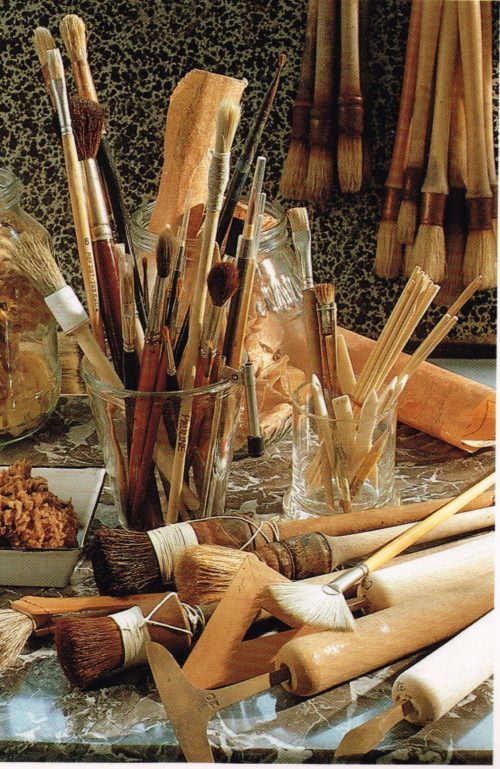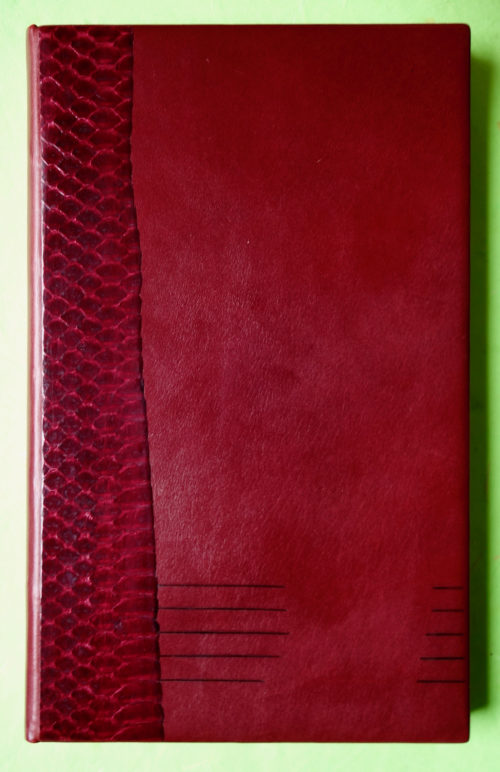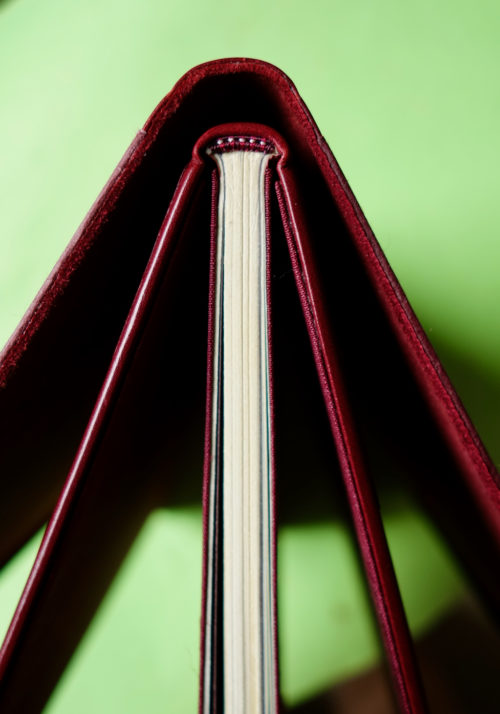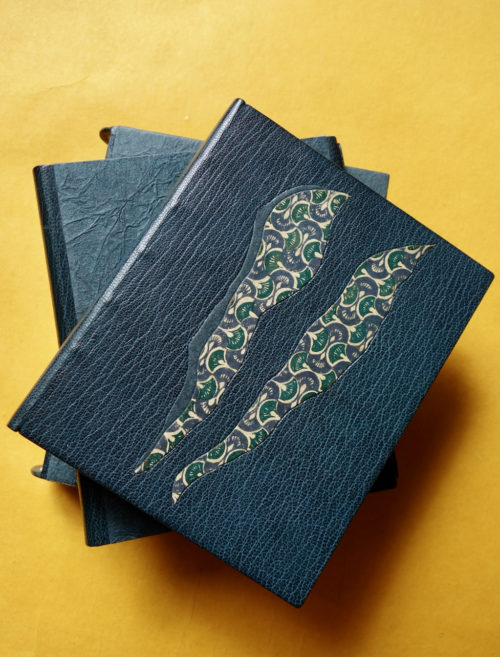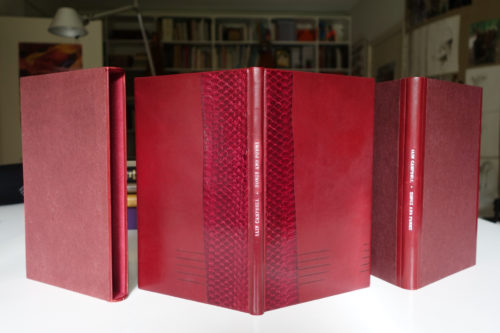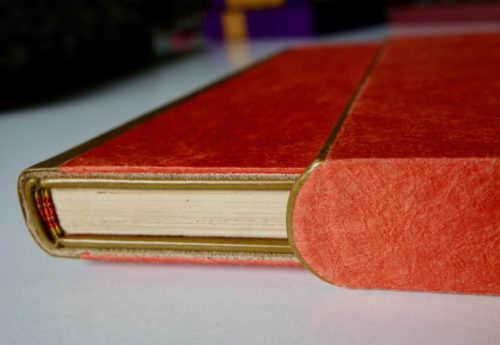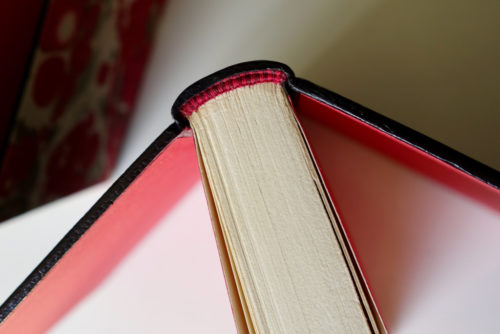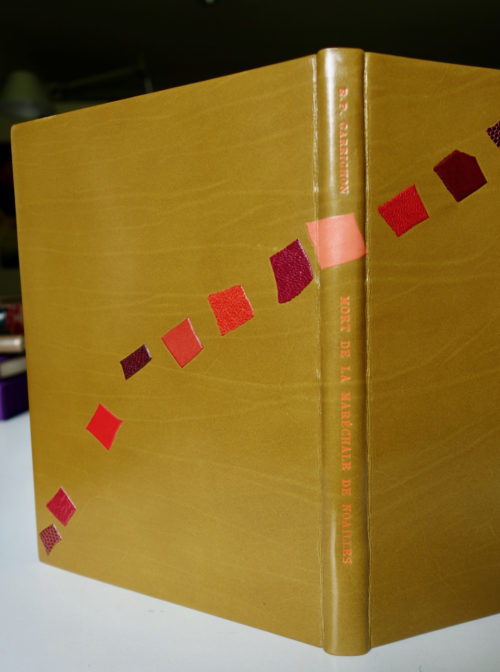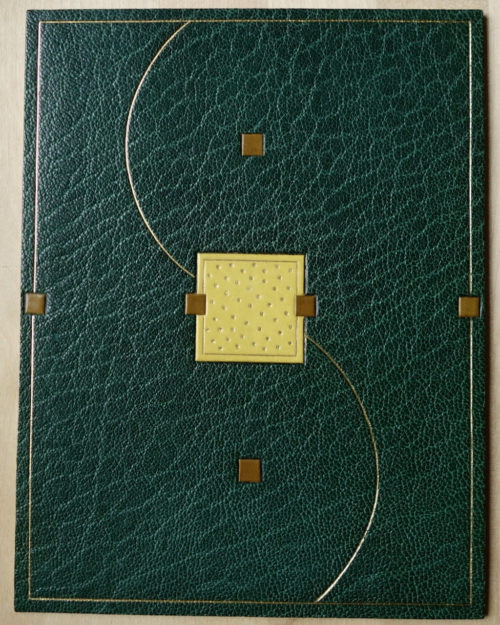I have always loved books, not only for their content but for their presence. By the time I was finishing school, my books were piling up in my room. I cut out articles on special book auctions from art magazines and I was in heaven when the Livre de Poche began publishing pocket books in bright red linen, which I found stylish and could afford.
I had no idea yet about the importance of paper types in the preservation of printed matter, and even less about the technical subtleties involved in the making of the world's most beautiful books. And yet, from time to time, I got the chance to hold a truly well-bound book in my hands, to feel its elegance, the quality of the materials, a certain well-balanced weight, and to find an equal refinement on the pages inside.
Sometimes the book had a slipcase. Even rarer, there would be a 'chemise' inside the slipcase, which at first glance looked like the book itself and was made using the same materials, but fit exactly around the book whose spine it protected. I had a recurring dream of learning this art.
Following the instructions in a small manual bought in Italy, I first produced a few unsatisfying 'paper objects', not yet to be called books, and then everything changed when, after graduating from university and having my first child, I met Micheline de Bellefroid at her exceptional art-bookbinding school in Brussels. Both she and later Françoise Bausart took me under their wings; they guided me to the right tools and materials, taught me the technique step by step, and I set up my own studio, from which I worked for clients and eventually taught my own students for many years.
